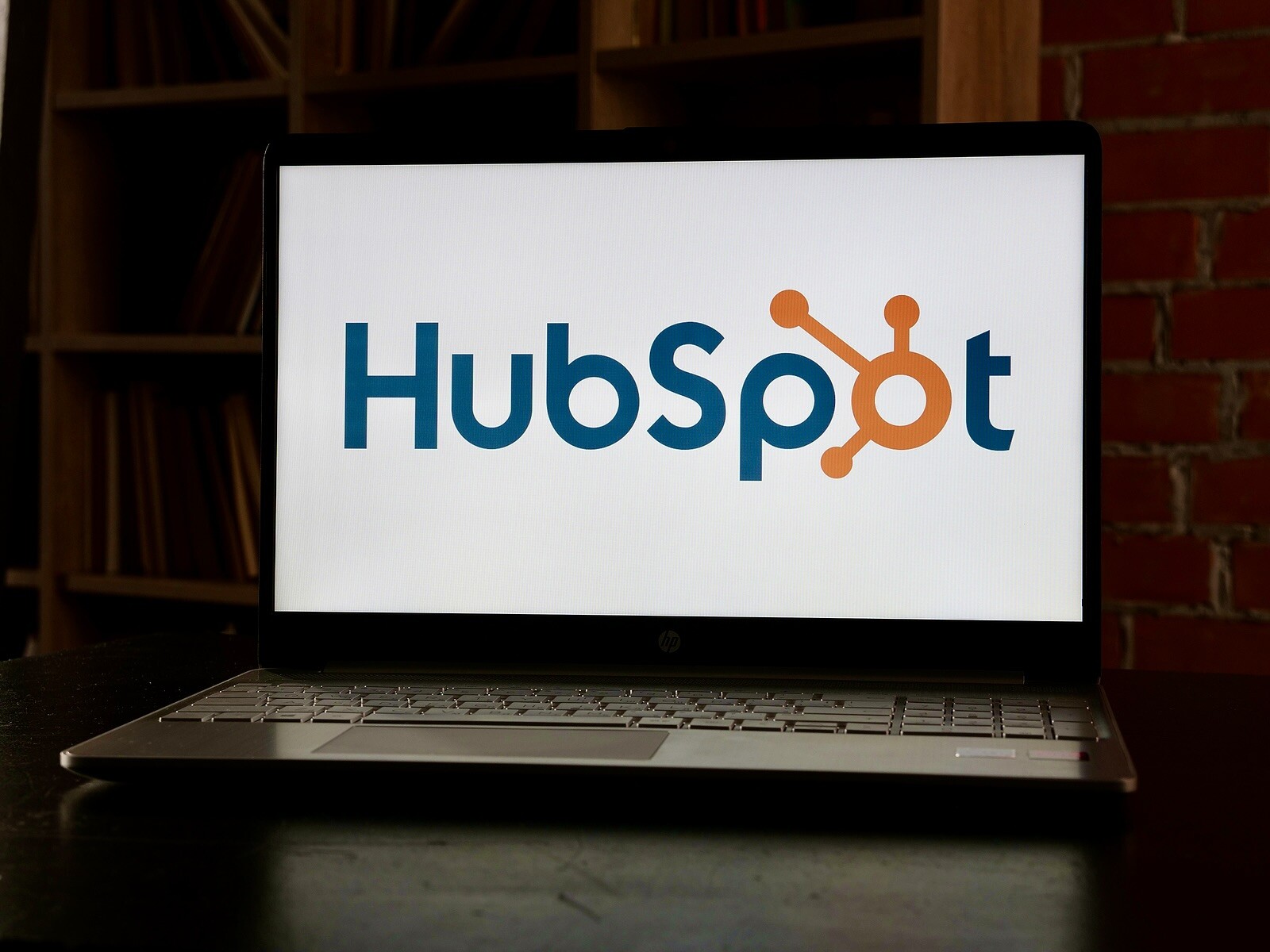
The Retail and Manufacturing Industries are at a crossroads. Traditional retail and malls are failing across the country – and the globe. If retailers have any hope to survive the coming years as the market evolves, they must change as well. For some retailers, that change will manifest in changing business models all together, embracing digital or shutting their doors. But for a lot of retailers, changing the way they engage and attract customers may just be enough to save them.
Retailers looking to grab the attention of a changing customer base are turning to inbound marketing to meet their sales needs. Inbound Marketing is the practice of attracting prospective customers to your brand instead of reaching out to them directly, at least at first. The process is generally seen as 4 steps: Attract, Convert, Close and Delight.
Attract
Through the creation of interesting and useful content, you attract customers to your business through SEO and social sharing. Content that provides value to your customers is critical, though that value can take many shapes. People find value in content that solves their problem but they also find value in content that is funny and in content that serves a larger social purpose. Retailers can post articles that address concerns their customers might have, even if they are not directly related to their service or product. Retailers can also position their brands well by sharing how they work with their community, for example if they host a volunteer day for their staff. While this will not directly sell widgets, these types of content do attract customers to your brand and engage them with your organization in a meaningful way.
Convert
Once you’ve attracted new prospective buyers (strangers) to your brand, the next step in the Inbound Marketing process is to convert those prospective buyers into leads. With the use of website forms and landing pages, retailers create the opportunity for prospective buyers to raise their hands and say, “Yes, please reach out to me. I find your brand interesting and want to learn more.” These highly engaged leads are extremely valuable to retailers as they look to find a foothold amongst chaos.
Close
The third step in the Inbound Marketing process is closing those leads. With a pile of prospective buyers who have raised their hand and expressed interest, the retailer can use a combination of email marketing and web content to close the sale. With Inbound Marketing, retailers can engage leads and nurture them through a series of emails designed to bring them to the buying decision.
Delight
The critical last step for Inbound Marketing for Retailers actually happens after the sale. The best way to draw new customers into your brand is to delight those customers who are already there. By providing superior service and product, and making the buying process smooth, you will create ambassadors of your brand. With their help, you can attract more customers each day. But the delight doesn’t end with the service or product delivered. Engaging with your current customers consistently and offering the same useful and interesting content that brought them to you in the first place will ensure that they become repeat customers and spread the word.
Retailers and manufacturers have an opportunity to embrace Inbound Marketing techniques to meet the growing challenges faced across their industry. Succeeding in adjusting to these techniques will not only mean survival, it will mean growth.





